
Microsoft’s Copilot Integration: Next Big Leap in AI
Amidst the excitement for tech leaders, understanding the practical applications of Microsoft Copilot Integration into their tech stack is critical to eking out maximum ROI.
At its annual Build developer conference, Microsoft unveiled significant updates to its Copilot AI assistant, Azure cloud platform, and Surface hardware lineup. These announcements come on the heels of major updates from OpenAI and Google, positioning Microsoft firmly in the spotlight of AI.
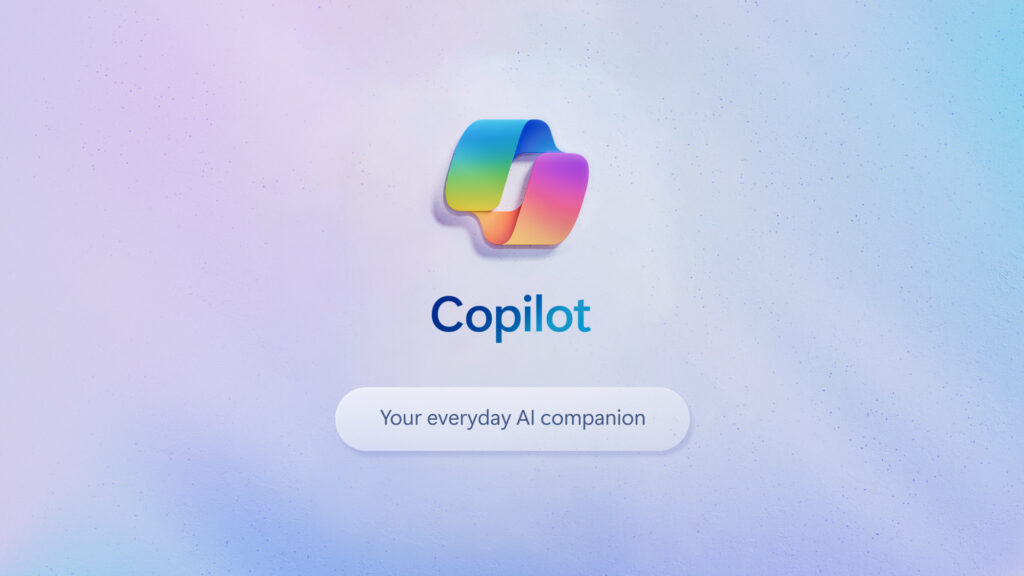
Understanding Microsoft Copilot and its core features
Copilot is an AI-powered tool that integrates into Microsoft products and apps to bring AI—and all the benefits that come with advanced learning—to its daily users. Copilot acts as an intelligent assistant to increase productivity and optimize processes. More specifically, copilot can:
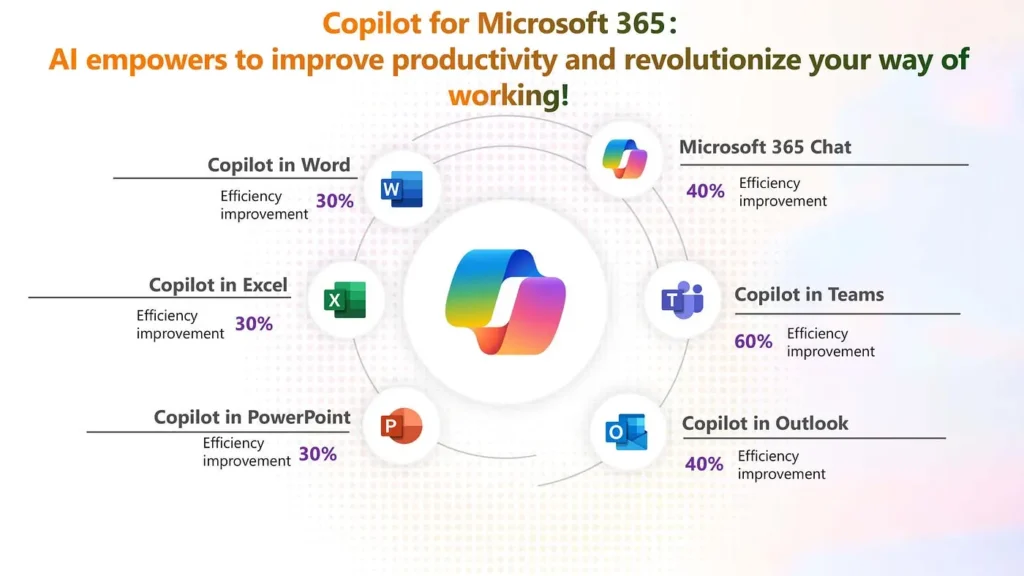
- Utilize AI and NLP for prompt-driven actions across suites.
- Generate data-driven insights via complex insights, charts, and summaries.
- Enhance creativity across PowerPoint presentations, Word-based presentations, and data visualization.
- Act as executive assistant for scheduling, note-taking, financial management, drafting emails, etc.
. Over 70% of Microsoft’s user base is anticipated to adopt these AI-driven features within the next three years. Integrating AI into Windows will provide developers with a robust platform to build advanced AI applications, enhancing both Windows and Azure’s utility.
Industry Applications of Copilot Integration
Case Study: Copilot in action with Azure’s AI framework
A highlight of the Build conference was the unveiling of Azure’s AI framework. This showcased Azure’s capabilities to developers, positioning it as a central player in the competitive cloud market. For every $100 spent on Azure, there is an additional $35-$40 potential for AI-related expenditures.
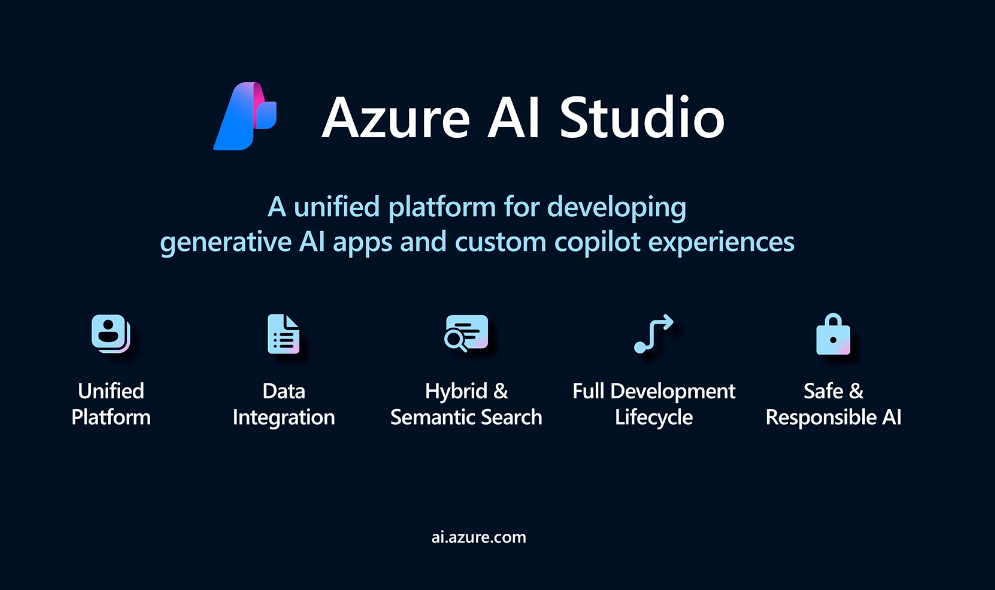
This positions Azure as a formidable contender against Google, Oracle, and Amazon. Microsoft’s partnership with OpenAI further strengthens its offering, providing a compelling case for developers to choose Azure for their AI needs.
Amidst the fervor of Microsoft Build 2024, the tech giant has unveiled a suite of innovations poised to redefine Vision applications within Azure AI. With advanced multimodal AI, Microsoft merges natural language processing and computer vision, offering solutions across sectors. Key offerings include the GPT-4 Turbo with Vision, the Phi-3-vision model, and the newly unveiled GPT-4o.
Moreover, GPT-4 Turbo is now accessible through the Azure OpenAI Service, allowing processing of text and image inputs to generate precise text outputs.
Microsoft expands Copilot to Telegram
In a strategic move, Microsoft has introduced an official, free-to-use version of its Copilot bot within the Telegram app, available to both mobile and desktop users. This AI chatbot allows users to search, ask questions, and engage in conversations directly within the messaging app.
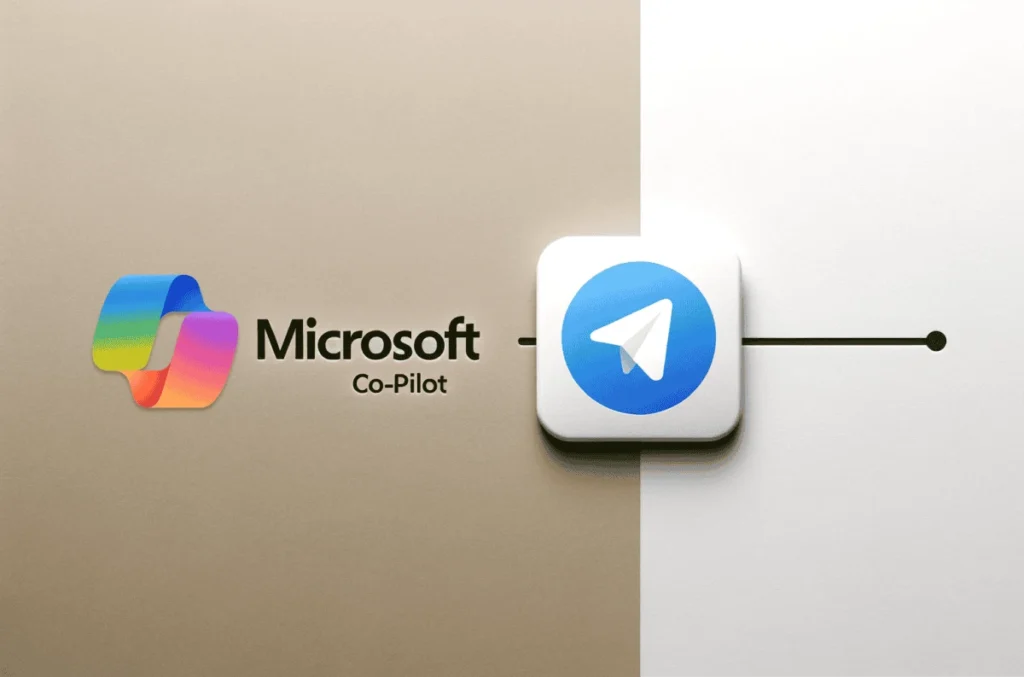
Currently in beta, the Copilot chatbot functions like a regular conversation bot on Telegram. Users can access it by searching for the Copilot Bot and selecting the verified bot with the username @CopilotOfficialBot. However, the beta version has a 30-turn limit, users can only exchange up to 30 messages back and forth.
This move aligns with a broader trend of AI companies integrating their language models into messaging apps. Meta has added Meta AI to Messenger, WhatsApp, and Instagram, while Google has integrated its Gemini chatbot into Google Messages on Android phones.
Future trends in AI integration and Microsoft’s role
By embedding AI into familiar tools, Microsoft ensures that the transition to an AI-enhanced workspace is smooth and intuitive. The integration of Copilot is a practical step towards realizing the broader potential of AI in transforming business processes. The introduction of Copilot offers a glimpse into the future of AI-driven workplaces and provides a strategic advantage in leveraging AI to drive innovation. We can expect all large tech companies to create their own bespoke AI and ML-driven solutions that focus on UX and ease of implementation across their own product suites.
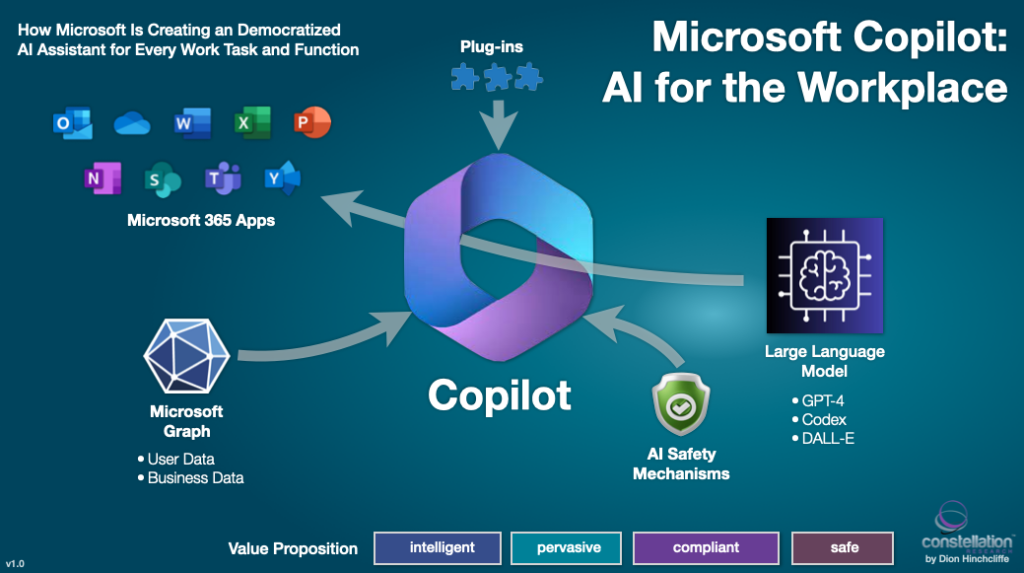
Adding onto the fervor of Chat-GPT and other genAI developments of recent years, Copilot’s recent integration opportunity continues to bolster language processing advancements. Conversational commands, clear language communication between machines and users will only continue to develop as Microsoft and other tech players invest into NLP and genAI.
In the example above, users want ease alongside the massive power of AI. Integration in major B2B data management apps tells us that data analysis trends will likely happen the same way. Microsoft’s AI-based tools in Power BI and Azure are already integrating these features, enabling businesses to make data-driven decisions faster and more accurately.
Future of Microsoft Copilot integration
The future of Microsoft Copilot integration will likely focus on a three-part operation: full internal integration, customization, and external expansion.

Internal integration: Copilot is expected to become more deeply integrated across the entire Microsoft ecosystem, including apps like Power BI, Dynamics 365, and Azure DevOps. This would provide users with a unified AI assistant that works seamlessly across various platforms and business functions.
Customization: Future Copilot integrations will likely optimize personalization, user habits, and workflows. Expect more customization across industries, data, and proactive vs. reactive moves. AI algorithms will continue to model better predictions and more business or user-optimized decisions with larger organizational goals integrated into the process.
Expansion: Naturally, Copilot will seek to cross over from Microsoft-only apps to third-party tools and apps in order to allow users to transfer Copilot’s capabilities to their entire tech stack and workflow.
While these advancements are impressive, several critical questions remain around the future of copilot integration.
- How will Microsoft address potential privacy concerns associated with AI integration in messaging apps and business tools?
- What safeguards are in place to ensure data security and user confidentiality?
- Additionally, as AI becomes more embedded in daily workflows, what measures will Microsoft take to mitigate job displacement and ensure a smooth transition for the workforce?
Tech leaders must consider these implications carefully. While the potential for increased productivity and innovation is vast, the ethical and practical challenges of widespread AI adoption cannot be ignored. Addressing these concerns is crucial for maintaining ethical standards and fostering a smooth transition to AI-driven workplaces.
In brief
Microsoft introduces Copilot, an AI-driven tool set to transform productivity across its suite of applications. The annual Build conference showcases Microsoft’s strides in AI integration, cloud advancements, and hardware innovation. With Copilot’s expansion to Telegram, Microsoft continues to lead in AI accessibility.